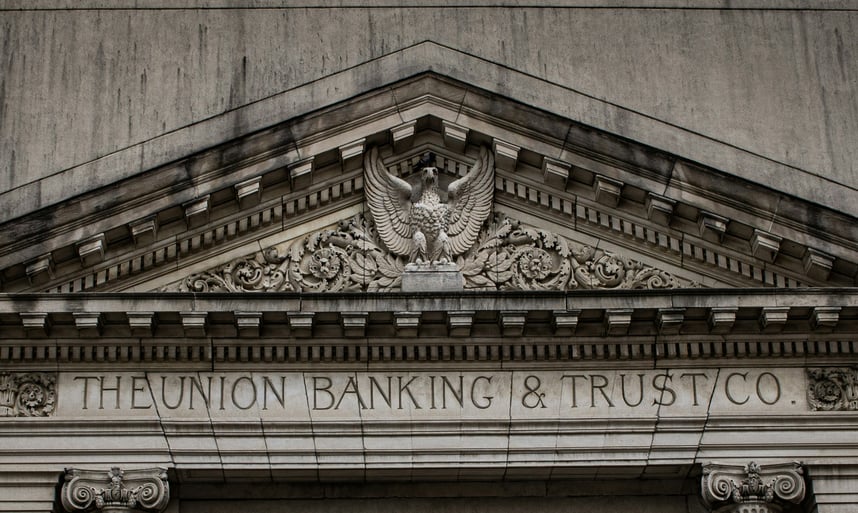Tariffs Threaten New Inflation Spike, Yellen Warns
U.S.


Inflation Forecast Raises Policy Stakes
Former Treasury Secretary Janet Yellen expects the Trump administration’s universal import tariff program to push headline consumer‑price growth “to at least three percent, or slightly over” on a year‑over‑year basis before the end of 2025. Speaking on CNBC’s Money Movers, Yellen said the forthcoming levies—10 percent on most imports outside the USMCA bloc and higher rates on selected Chinese goods—will lift costs for inputs ranging from industrial machinery to household electronics. Although the plan’s final scope remains unresolved, she argued that even partial implementation would unwind much of the recent deceleration in inflation and complicate the Federal Reserve’s roadmap for rate cuts.
Bureau of Labor Statistics data show headline CPI declining from 4.1 percent last autumn to 2.6 percent in April, driven chiefly by decelerating used‑car prices and easing food inflation. Yellen contended that tariffs could reverse that trend within two quarters, pushing core goods back into positive territory after four months of contraction. “The passthrough may not be immediate, but by early next year we’ll see it embedded in apparel, electronics, and durable‑goods categories,” she said.
Markets reacted modestly. Two‑year Treasury yields ticked three basis points higher to 4.72 percent, reflecting an uptick in policy‑rate expectations. Fed‑funds futures shifted to price just one 25‑basis‑point cut in 2025, down from two cuts earlier in the week. Equity strategists flagged retailers, consumer‑electronics chains, and automotive suppliers as most exposed to margin compression.
Income Hit and Consumer Spending
Beyond headline inflation, tariffs carry distributional consequences that, Yellen argued, will affect real household income. Citing research from the Tax Policy Center and several academic economists, she pointed to an “optimistic” base‑case estimate of a $1,000 annual hit to the median household’s purchasing power once higher import prices ripple through supply chains. The figure includes direct price increases and secondary effects on wages and corporate profit margins.
A deeper dive into the studies shows variability tied to consumption baskets: lower‑income households devote a larger share of spending to imported apparel and basic electronics, amplifying their effective burden. Middle‑income homeowners face higher appliance costs, and small businesses that rely on imported machinery could see equipment prices jump by double‑digit percentages.
Consumer‑sentiment surveys already indicate caution. The University of Michigan’s preliminary June index slipped to 68.2, paced by a five‑point slide in expectations for household finances over the next year. Retail analysts note a shift toward private‑label grocery brands and deferred big‑ticket purchases—trends that historically track squeezes in real income. If tariffs materialize at the proposed scale, some economists project core retail sales growth could slow from 3.8 percent to near 2 percent annualized by the fourth quarter.
Debate Over Tariff‑Driven Price Pressures
Trump advisers dismiss the inflation concerns. In recent press briefings, economic counselor Stephen Moore contended that the tariff plan would spur domestic manufacturing capacity, offsetting price effects over time. “The short‑run impact is negligible,” Moore said, citing 2018‑19 studies that found limited CPI acceleration after earlier rounds of China‑specific duties. Heritage Foundation fellow Peter St. Onge added that tariff revenue could be recycled into targeted tax relief, further cushioning consumers.
Academic economists remain unconvinced. A National Bureau of Economic Research working paper released in May concluded that 2018–2019 tariffs raised producer prices on targeted goods by 7.5 percent and consumer prices by 4.5 percent, with only minor substitution toward domestic suppliers. The current proposal covers a broader swath of imports—including intermediate goods critical to U.S. manufacturing—raising the risk of larger spillovers.
Corporate earnings guidance echoes the cautionary view. Walmart, Target, and Best Buy each highlighted prospective tariff headwinds during first‑quarter calls. Appliance maker Whirlpool told analysts it may adjust plant schedules if component costs rise as expected, while auto OEMs warned that steel and electronics inputs could add $600–$1,200 to vehicle build costs. Airline executives flagged higher parts prices for maintenance, potentially squeezing profitability.
Fed’s Calculus Complicated by Tariff Uncertainty
Yellen—who chaired the Fed from 2014 to 2018—stressed that the central bank lacks “a good handle” on how sweeping tariffs would affect consumption, wage bargaining, and inflation expectations. Fed officials entered their pre‑meeting blackout period this week without clarity on implementation dates or exemption lists. Policy minutes from April showed several participants wary of cutting rates until they assess potential price shocks from trade policy.
Current market pricing implies roughly a 40 percent probability of a single quarter‑point cut by December. Should inflation re‑accelerate above three percent, derivatives desks anticipate traders will push that probability below 20 percent, effectively locking in elevated real rates through mid‑2026.
Labor‑market dynamics add another layer. Average hourly earnings grew 4.2 percent year‑over‑year in May—still above the 3.0–3.5 percent level many officials view as compatible with the 2 percent inflation target. Yellen warned of “second‑round effects” if businesses respond to tariff‑driven cost increases by granting larger wage bumps, embedding higher inflation psychology.
Intervention from the White House could influence timing. Trump intensified criticism of Fed Chair Jerome Powell on Thursday, calling him a “numbskull” for not slashing rates faster. While the central bank guards its independence, historians note that political pressure often seeps into deliberations indirectly via market expectations and partisan commentary.
